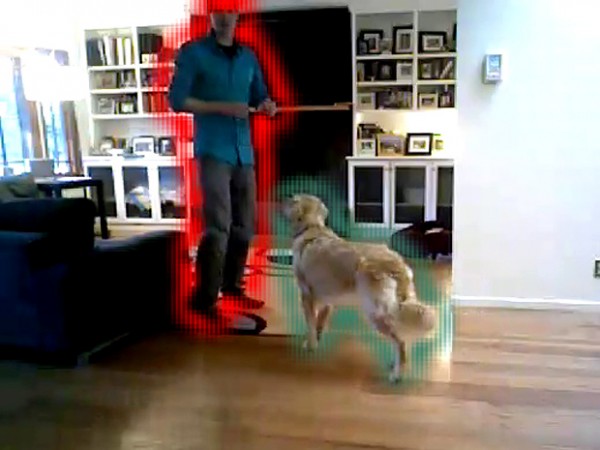
In March 2012, United States Stanford University computer science doctoral student Alex Teichman began its research on driverless cars. He was hoping to help driverless cars to understand when the surrounding environment, particularly into the path of cars, bicycles, and other moving objects. But it is not the traditional image, but rather by the laser rangefinder and sensor to detect, and then put your computer through the "track" to judge their moving pictures. Moschino Samsung Galaxy Note 3 case
Although mathematically speaking, all this is very complicated, however, Teichman said, the basic idea is very simple.
"Like a child sitting in a clear glass elevator, lift not start, cars parked on the ground seems boring and stodgy, but when the lift starts, everything becomes different, maybe your child will be happy to say, the car became completely different, never seen. She was looking at the world with different eyes. "
https://www.youtube.com/watch?v=Y0KoC5Xf0Co
When this technique is applied to the world of unmanned, driverless cars could better be familiar with things around, thereby reducing the time spent in training and learning.
"When a man riding a bicycle in a normal posture, leaning forward, then the computer vision system can easily know he was riding, but if he let go of the handlebar, leaning of the body? Computer vision system would have no way to judge, because it has never seen. But my algorithm was not such a problem because it will over time to track and easily through learning to know these two styles are cycling. "
Guard against theft
Teichman originally did not intend to apply this technology to other areas, until his home and there have been some strange circumstances, and that scared him. He lives in Palo Alto, a small town on the day he is informed that someone will come to pipeline inspection, but people have just walked away and left the Villa, and no focused inspection of pipeline.
A few days later, when he was reading a local police report found that burglary crime rate is on the rise, and he began receiving calls more frequently than normal, such as the security firm to check, a company looking for someone, and even some companies that have never heard of call is the thieves targeted the House, do you want to make sure his schedule?
So he decided to use his computer vision technology in the study of his home security system. In the system, it runs two laptop computers and connected with two commercially available camera, similar to Microsoft's Kinect, can monitor the window's tree swing or strangers climb into your Windows, because that's when the picture changed. In addition he has also prepared a program, once found an intruder will transfer the video to the video Web site, even if the computer is stolen, he still has data.
After having done all this, he went on a trip. He wishes he were in fact stolen, so he could understand how it works in detail, but in the end nothing happened. After that, for this project, there is not much of his attention.
Enter the smart home
Until 2014, his classmate, Hendrik Dahlkamp, also from Stanford University (one of the inventors of the Google Street view) at a party and he had been talking about the system, they realize it's going to be a very promising product.
Then, last summer, the two of them started to convert Teichman DIY products, their idea was to create a simple and easy to set up home security device, it can easily distinguish differences between dogs and intruders in the House, and it will prompt to remind you, if you do not respond, it will alarm automatically. Then they set up in October last year the company, and joined the Stanford University professors and alumni services StartX plans.
So far, the company has ended its first round of financing. Teichman hope this system can be a smart home, eyes, it can be provided in a more complex manner all information arising in the room, including lighting, heating and other systems, and so on, far more than provided by the motion sensor. Moschino Samsung Galaxy case
Via ieee

244 votes
HTC One M8
HTC One (M8) is Taiwan mobile phone company HTC 2014 development of next-generation smartphones, belonging to the HTC advanced flagship models in One series, on March 25, 2014 by HTC Chairman Cher Wang and Peter Chou, Chief Executive of London and United States synchronized New York published. Powered by Android 4.4.2 operating system, HTC Sense6 user interface. Duo twin lens cameras provides photo back focus function.
View details of the voting >>

No comments:
Post a Comment